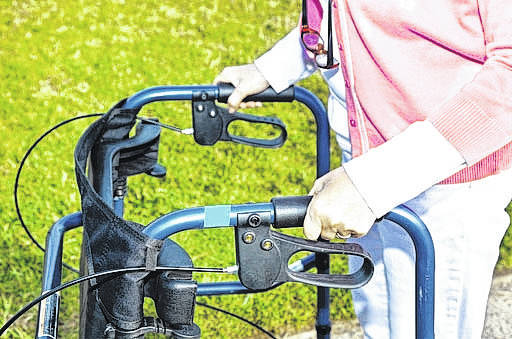
Disabilities affect people from all walks of life. The Centers for Disease Control and Prevention estimates that around 55 million Americans have a disability of some kind. Of these people, 33 million have a disability that makes it difficult for them to carry out some daily activities. Statistics Canada states that, as of 2012, 13.7 percent of the population age 15 years or older reported having a disability that could impact daily life.
People with disabilities may need assistive devices to reclaim some measure of their independence. For example, millions of people rely on wheelchairs or walking aids to get around. These are called assistive technology and rehabilitative devices, which include tools, equipment or products that can help people with disabilities get around more easily. These devices may be as small as magnifying glasses for reading to as large as wheelchairs.
The National Institutes of Health state that 2.2 million people in the U.S depend on wheelchairs for day-to-day tasks and mobility. More than six million use canes, walkers or crutches to assist with mobility. The following are some of the common types of mobility devices available for purchase.
– Canes: Canes are handheld devices that provide a little extra stability or support to weakened limbs. Canes are easily transported and can assist those who need only a little help.
– Standard walkers: Also known as medical walkers, standard walkers offer substantial support and must be lifted to move. That requires upper body strength, which can be difficult for some to maintain on long trips.
– Rolling walkers: Rolling walkers are similar to standard walkers. But rolling walkers have wheels, either on the front only or on both sets of legs. They are somewhat less stable than standard walkers. Rolling walkers with wheel-locking devices may offer stability when needed. Some rolling walkers are called “rollators.”
– Wheelchairs: Standard wheelchairs must be powered by the person in the chair or by someone pushing it from behind. This can be difficult for people with minimal upper body strength. Mechanical wheelchairs are powered with a lever or button. Some people may opt for motorized scooters over bulkier wheelchairs when possible.
Assistive devices can be highly effective, but only when they are used properly and safely. Assistive devices should be measured for each user. Many walkers are height-adjustable. The width of a device also is important. A walker or another device that is too wide can affect mobility or require modifications to be made around the home. Weight is another consideration. The device should be lightweight so it can be maneuvered, but also weigh enough to provide enough stability to keep users upright.
Users should proceed slowly and favor their stronger sides when relying on canes or walkers. Devices should not be used to climb atop other items like step stools. Children should not be allowed to play with or ride on assistive devices. If there are safety belts or locks on any assistive technology, they should be put in place before use to prevent further injury.




